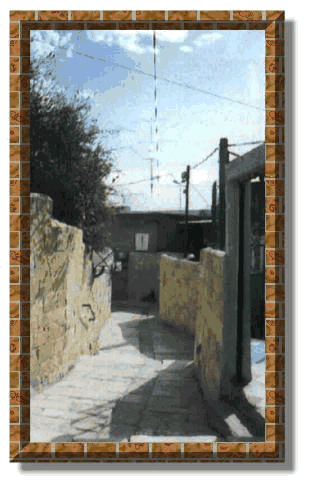|
COURTYARD 
The Museum of Palestinian Folk Heritage welcomes its visitors and would like them to understand the messages behind the items that they view on display. The mission of the museum is twofold: to preserve the artifacts of Palestinian folk culture and spread awareness of it among Palestinians living in their country, and to share with other nations an understanding of traditional Palestinian folk culture. Folk culture is an important component of any national identity; its importance is magnified when a nation (or part of it) lives as a minority population and co-exists with the majority in an environment of local and regional conflict. This is the situation facing the 750,000 Palestinian citizens of Israel living inside the "Green lines". Thus, the Museum of Palestinian Folk Heritage strives to preserve the identity, especially among the younger generations of Palestinians, by collecting evidence of their ancestors' daily living in Palestine, at home and at work. The process of collecting items for the museum is also intended to help prevent commercial trade in Palestinian folk heritage artifacts which, it is feared, may one day result in their no longer being found in or accessible to Arab communities. The museum is also intended to share with peoples of other cultures an understanding of Palestinian folk heritage so "a lnad without a people" was and is patently false, as the artifacts speak to the enduring relationship between the Palestinian human-being and the land. Moreover
the museum is intended to emphasize the reality that the Palestinian people
are part of the Arab nation as a hole.
.
|